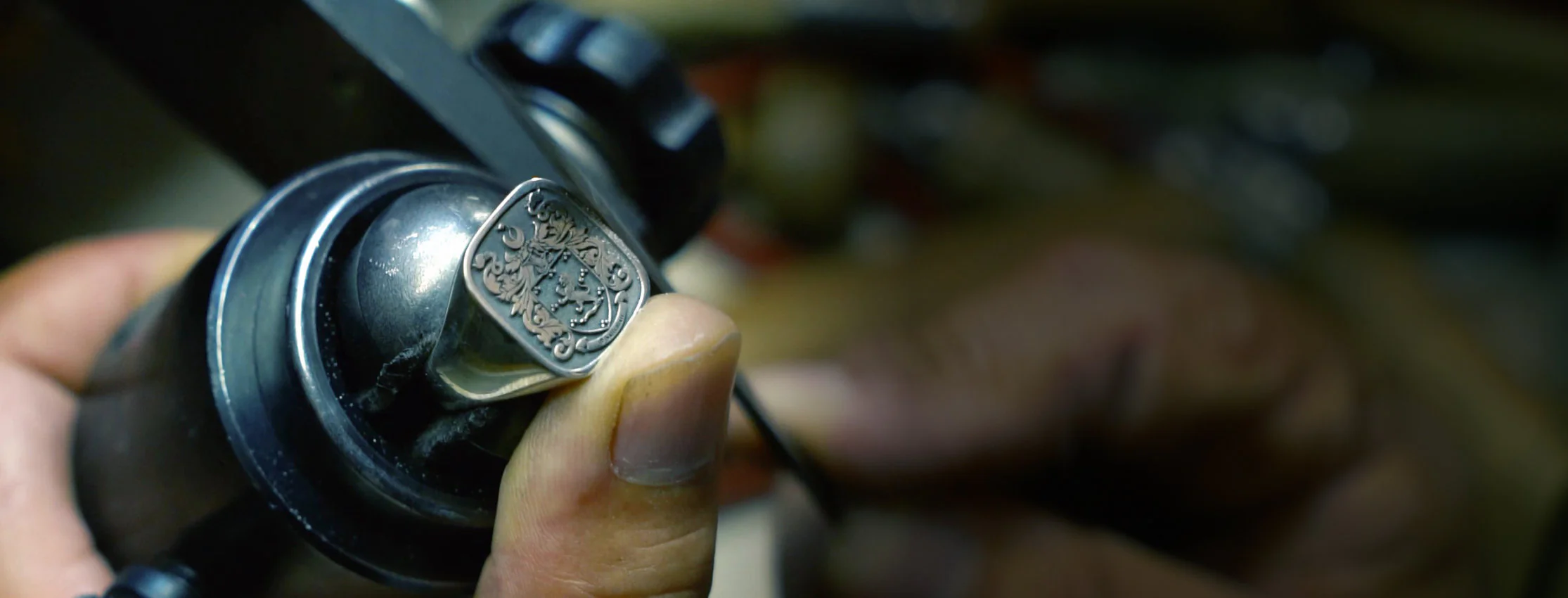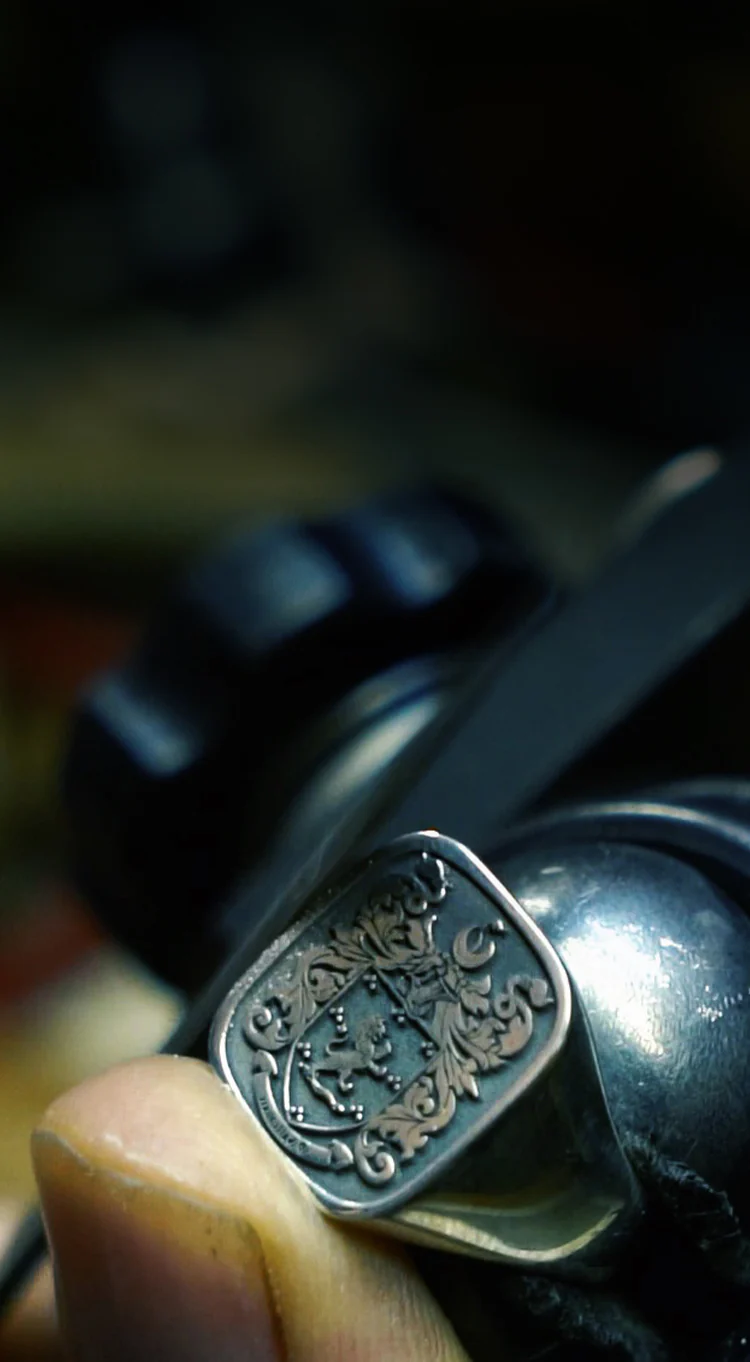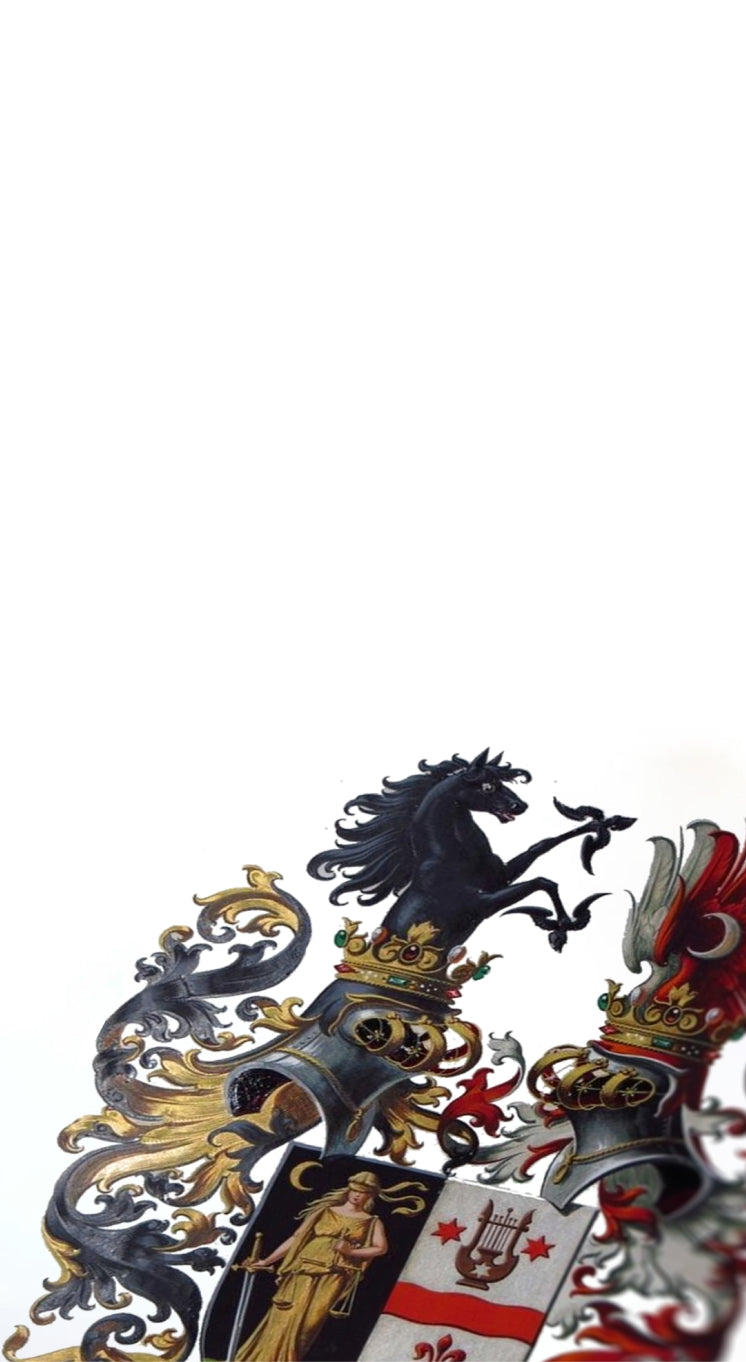The Medieval Church part 2
While bishops and priests worked among the people, guiding them toward God, another group chose a more secluded path. These men built monasteries, dedicating their lives to prayer, work, and worship.


While bishops and priests worked among the people, guiding them toward God, another group chose a more secluded path. These men built monasteries, dedicating their lives to prayer, work, and worship.

A Mon is the term for the traditional Japanese heraldic emblem. It is depicted in two tinctures, one colour and one metal, with one of the tinctures serving as the field. It is normally constructed of a primary charge group, on occasion surrounded by an annulet or other enclosure. The mon...
A Mon is the term for the traditional Japanese heraldic emblem. It is depicted in two tinctures, one colour and one metal, with one of the tinctures serving as the field. It is normally constructed of a primary charge group, on occasion surrounded by an annulet or other enclosure. The mon...

Heraldry was not only confined to Western Europe but to those sections which were feudal in origin and had close links to the Catholic Church. Poland has Heraldry because she is linked with the West through the fact that alone of the Slavic nations she is Catholic, and has thus...
Heraldry was not only confined to Western Europe but to those sections which were feudal in origin and had close links to the Catholic Church. Poland has Heraldry because she is linked with the West through the fact that alone of the Slavic nations she is Catholic, and has thus...



